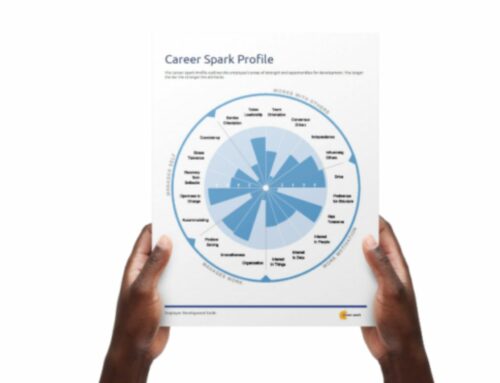Video Interview Technology: Good or bad?

Technology can improve the world of HR but it can also be a crutch.
Video interviews do that – considerable potential and considerable crutch.
Video interviewing has become more common practice by Fortune 500 companies and has been beneficial for handling larger volumes of candidates. Video interviews have also for helping HR to manage its way through remote hiring and the Covid pandemic as there have been stretches where live and in-person interviews were impossible. On the other hand, asynchronous video interviewing represents the ultimate crutch – managing the process due to key failures elsewhere.
A primary goal of all great organizations should always be to attract and select the right people but asynchronous video interviewing does neither. In fact, it frequently runs counter to those goals.
Not attracting the right people.
Utilizing this technology manages the process for HR – a screen that shrinks the pile. The experience for users is clumsy and unnatural – forcing them to work backward to fit the technology (vs the other way around). This discourages the best people from coming – because those people realize that an interview is a 2-way medium with real people – it’s not about screening people. It’s about learning about them and them learning about you.
Not predicting who will succeed.
That unnatural experience further serves to ineffectively narrowing the list to the right people. It simply favors those that are comfortable talking to a screen and also tends to reinforce inherent bias.
Many will point to rapidly changing market dynamics as the driving force behind the need for such a technology. Market changes are nobody’s fault. Things happen. But how you adapt to those changes is on you. Short term it may manage the process but longer term it’s a strategic talent blunder that will be far more costly.













